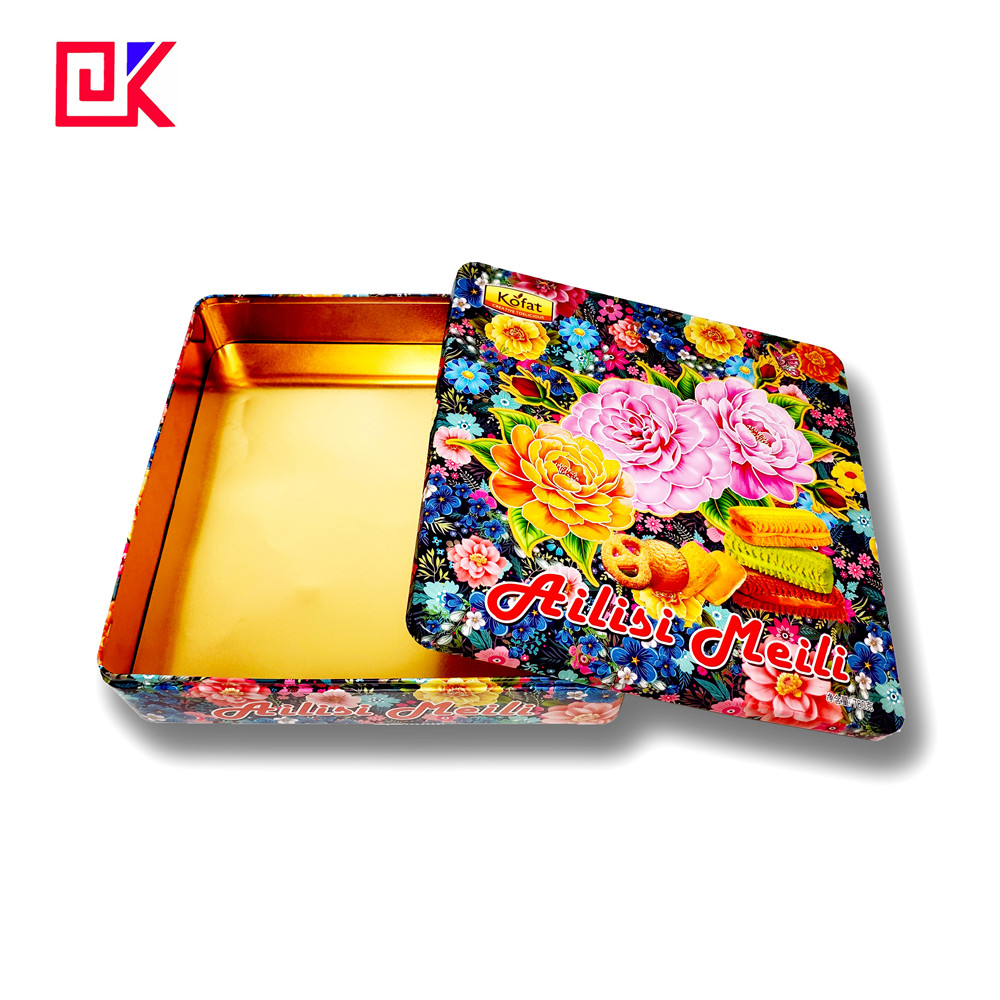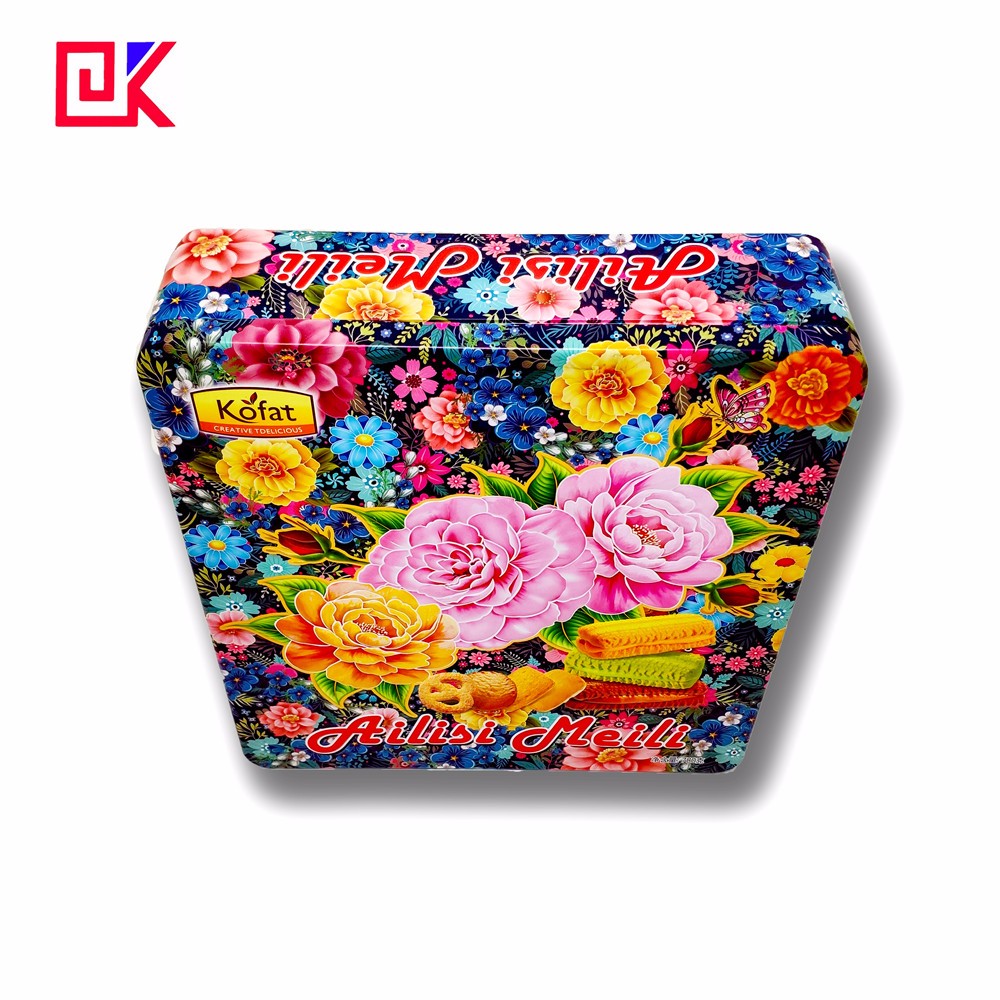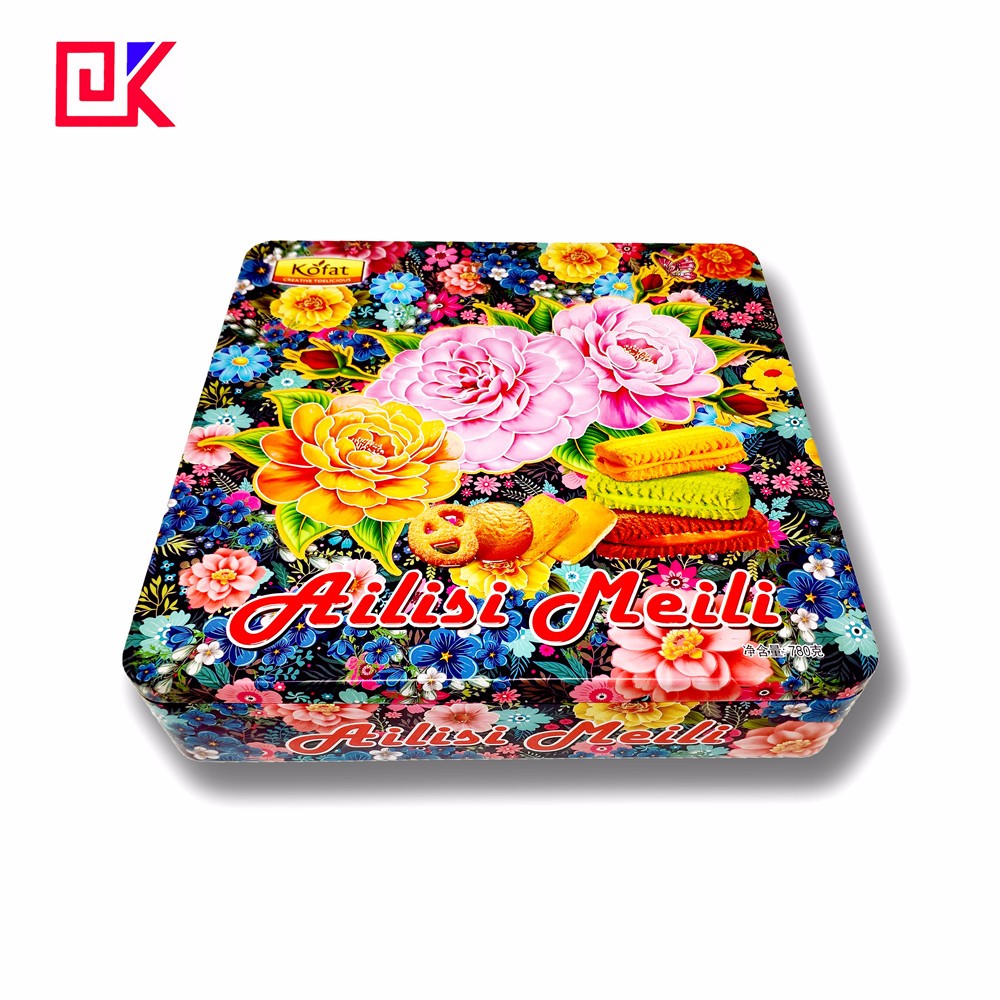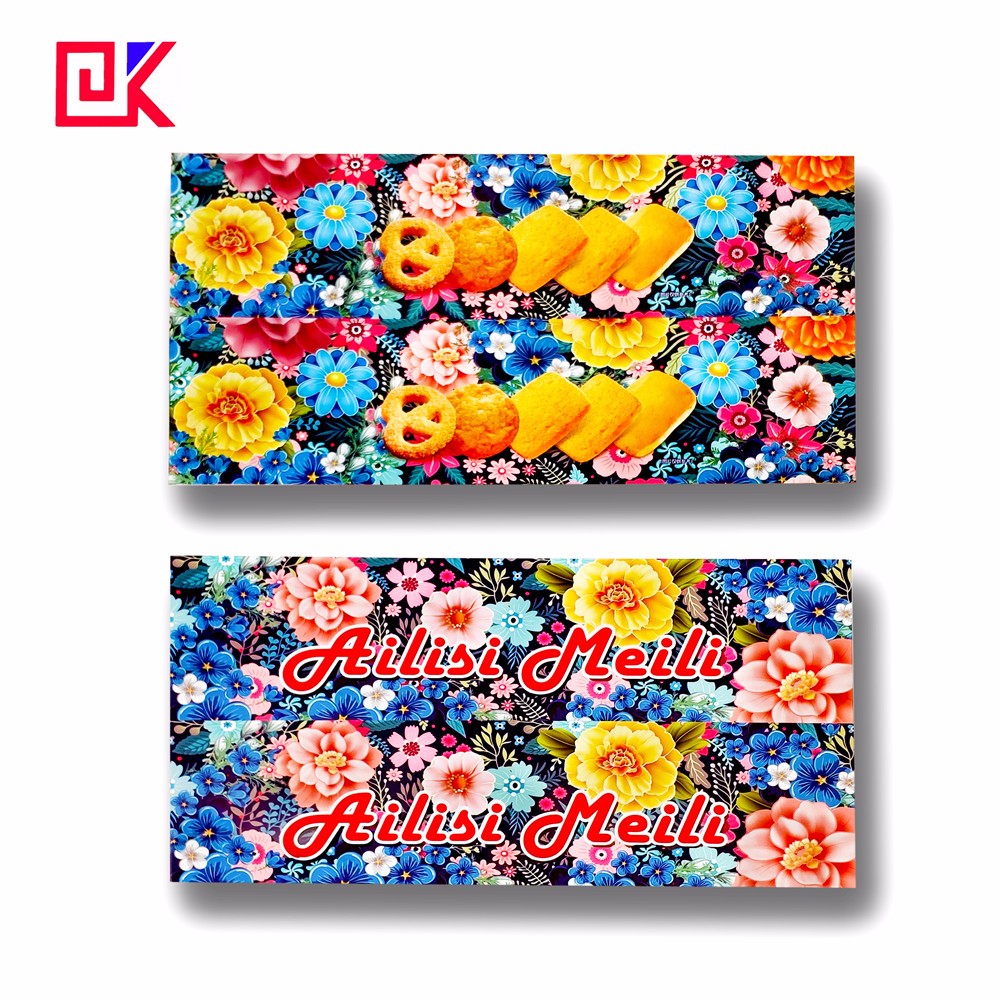What factors are related to the quality of tinplate in printing? Let me introduce you.
1. Consistency factor
The issue with the consistency factor is: how big can the variation between individual sheets be allowed? This is a question of quality and stability during printing. With the increase in the number of prints, the printing time is prolonged accordingly. During this time, the addition of various variables will inevitably be reflected in the print quality. In addition, due to problems with the printing plate endurance, sometimes the printing plate needs to be replaced halfway, or it may be due to paper. Failures in blankets and printing presses have to be stopped in the middle, so that the original water-ink balance relationship is disturbed. Once reprinted, its print quality cannot be consistent with the first print.





2. Technical factors
After completing the format design of the printed manuscript and determining the printing method, ink, and printing material, it is the technical factors that can affect the printing quality. Technical factors are the factors that affect the quality of printed matter in each process of printing production, and reproduce the designed content as faithfully as possible within the limits of the characteristics of plate making, printing equipment, and printing materials.
Technical characteristics of print quality include image clarity, color and level reproduction, glossiness and texture. Among these characteristic factors, some can be expressed quantitatively, such as color and coordination. In each step of the reproduction process, people can control these factors; there are some technical factors that cannot be expressed quantitatively, but can be described by language. . For example: in order to obtain the best print quality, the possibility of moire must be reduced to a minimum, which is the form described in language; another example is that the gloss characteristics will change depending on the end use. Readability requires low-gloss paper, but in order to achieve the best contrast for photocopying originals, high-gloss paper is required.
3. Aesthetic factors
Because printed matter is a visual product in the final analysis, when people evaluate the quality of printed matter, the first feeling is the aesthetic effect of printed matter. The aesthetic effect of printed matter is mainly related to the design level of craftsmen. The font selection, color design, art pattern, image position, layout style, and choice of paper and ink at design time are all related to the aesthetic effect of the printed matter. Good design can make printed materials show good aesthetic characteristics, but it is difficult to describe the quality of the design in quantity. Sometimes, "good" design does not conform to the laws of typography, color combination, and image composition. Designs that are considered bad by some people may be appropriate when used on the cover of some commemorative albums, but they are not suitable for advertisements of high-quality cosmetics. Also, judging from previous standards by current standards, most of them look outdated. That said, there is a question of "fashion" in terms of graphic design. It can be seen that the aesthetic factors of print quality are actually the embodiment of the imagination and creativity of designers. A good designer should be familiar with the aesthetic design guidelines, and should know the technical constraints in printing materials, inks and printing processes, so as to make the printed products have good aesthetic effects.

